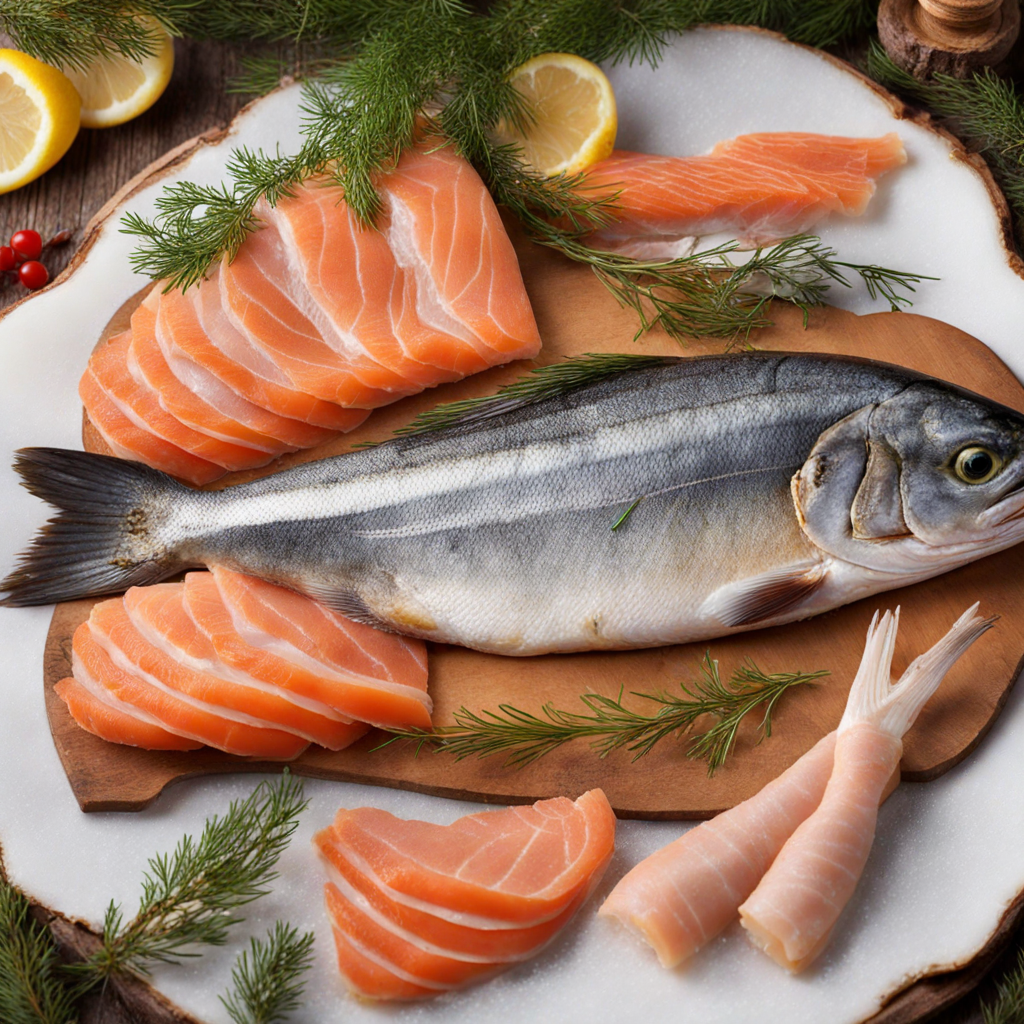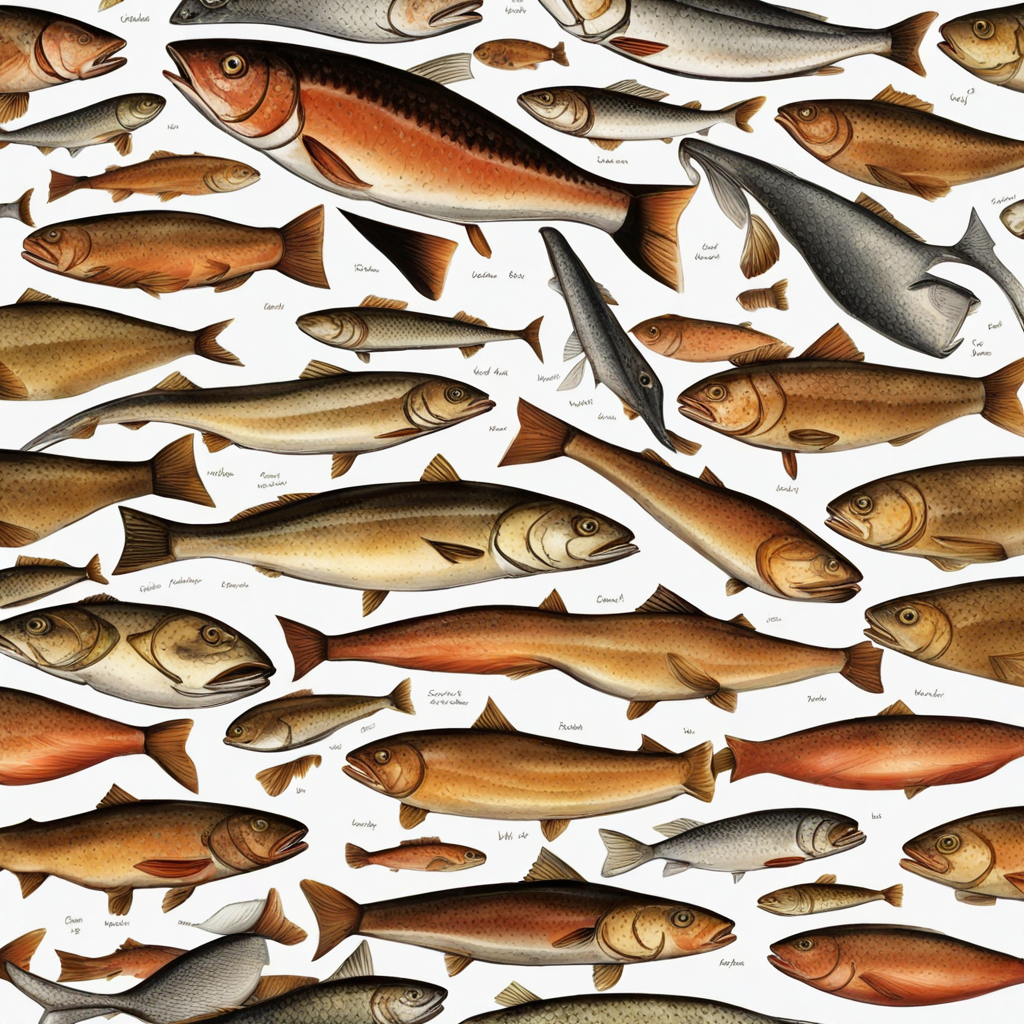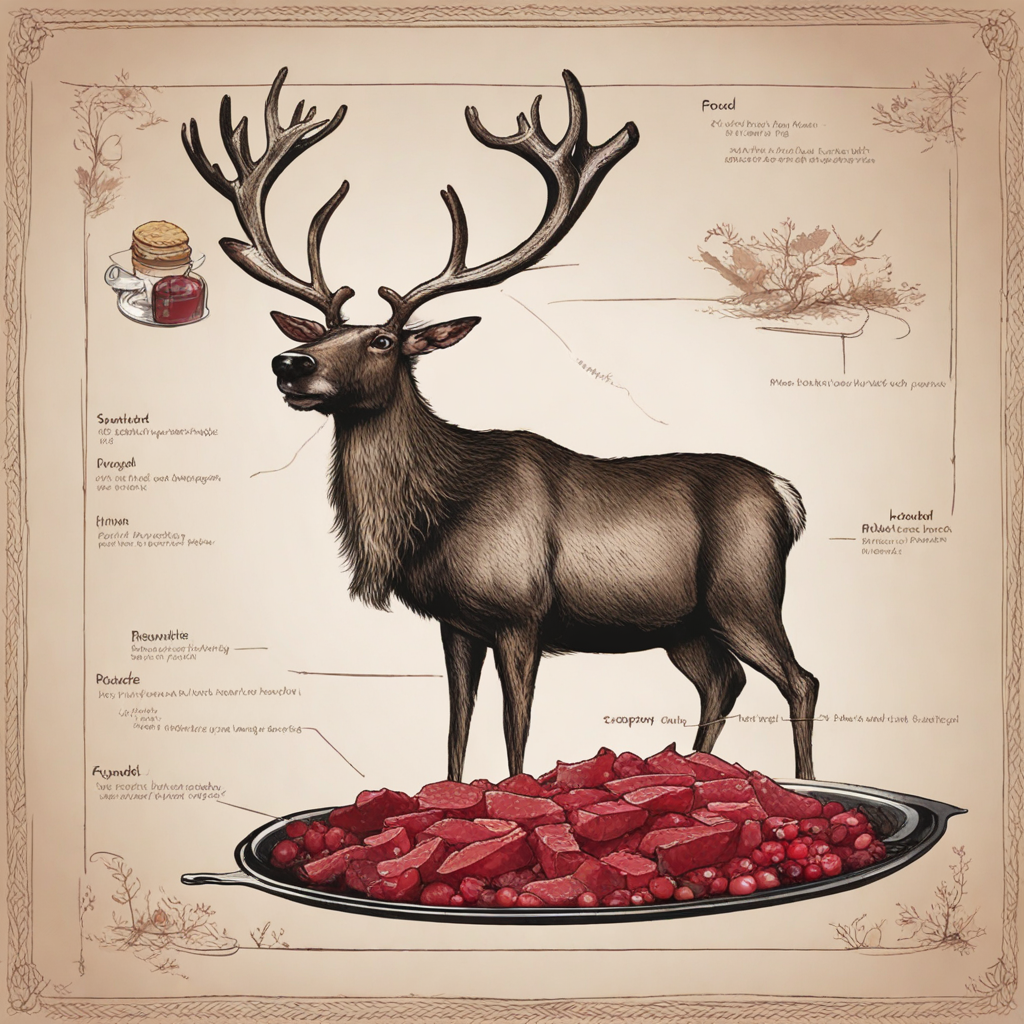Smoked Fish
Smoked fish is a culinary delight that reflects Finland's deep connection with its pristine lakes and abundant waterways. Traditionally, various types of fish, such as salmon, trout, and perch, are carefully selected for smoking, which enhances their natural flavors while imparting a distinct smoky aroma. The process often involves cold smoking, where the fish is exposed to smoke at low temperatures, allowing it to retain its delicate texture and moisture while absorbing the rich, woodsy notes from the smoking materials, typically birch or alder wood. This method results in a flavor profile that is both savory and subtly sweet, making it a perfect addition to various dishes or enjoyed on its own. The enjoyment of smoked fish in Finland is not just about taste; it's also about the experience of savoring this traditional delicacy. Often served on a rustic wooden board, it can be accompanied by dark rye bread, creamy butter, and a sprinkle of fresh dill, creating a delightful contrast of flavors and textures. The fish can also be paired with pickles or mustard sauce, which adds a zesty kick that complements the smokiness. This dish is often featured in Finnish gatherings, showcasing the country's appreciation for quality ingredients and traditional preparation methods, making it a beloved staple in local cuisine. For those looking to expand their culinary horizons, smoked fish offers an intriguing taste adventure. Each bite is a celebration of Finland's natural bounty, with the smoky essence harmonizing beautifully with the fish's inherent flavors. Whether enjoyed as part of a festive spread, incorporated into salads, or blended into creamy spreads, smoked fish embodies the spirit of Finnish gastronomy—simple, yet sophisticated, and deeply rooted in its cultural heritage. Discovering this dish is an invitation to experience a unique aspect of Finnish food culture that is sure to leave a lasting impression.
How It Became This Dish
The Savukala: A Journey through Finnish Culinary Tradition Savukala, or smoked fish, is a cherished delicacy in Finland, embodying the country’s rich culinary heritage and deep connection to its natural resources. While the exact origins of savukala are challenging to pinpoint, its roots are deeply intertwined with the traditions of Finnish fishing communities and the necessity of food preservation techniques that have developed over centuries. #### Origins of Savukala The practice of smoking fish dates back to ancient times, long before the advent of refrigeration. For the Finnish people, who have relied on fishing as a primary source of sustenance, smoking was a practical solution for preserving fresh catches, particularly in a climate where cold winters made food storage challenging. The tradition of savukala likely emerged from the need to extend the shelf life of fish species such as salmon, trout, and herring, which are abundant in Finland's numerous lakes and coastal waters. The method of smoking fish involves curing it with salt, which draws out moisture and inhibits bacterial growth, followed by exposure to smoke from burning wood. This dual process not only preserves the fish but also imparts a unique flavor profile that is distinctly Finnish. Birch, alder, and juniper are commonly used woods in the smoking process, each offering a different aromatic quality that enhances the natural taste of the fish. #### Cultural Significance Savukala is more than just a food item; it carries profound cultural significance in Finnish society. For many Finns, enjoying smoked fish is a nostalgic reminder of family gatherings, summer picnics, and traditional festivities. The dish is often associated with Midsummer celebrations when families gather to enjoy the long days of summer, often complemented by new potatoes and fresh dill. Moreover, savukala is an integral part of Finnish sauna culture. The sauna, a sacred space in Finnish life, is often followed by a meal featuring smoked fish. This pairing highlights the deep connection between the Finnish way of life and the natural world, celebrating the bounty of land and water. Throughout history, savukala has also played a role in regional identity. Various regions in Finland have their own unique styles of preparing and serving smoked fish, influenced by local fishing practices and flavor preferences. For example, in the Archipelago Sea region, the emphasis may be on lightly smoked, softer varieties, while in Lapland, stronger flavors and heartier preparations may dominate. #### Development Over Time As with many traditional foods, the preparation and consumption of savukala have evolved over time. In the past, smoking fish was predominantly a home-based activity, with families passing down recipes and techniques through generations. As industrialization took hold in the 19th and 20th centuries, the methods of fish smoking began to change. Small-scale family operations transitioned into larger commercial enterprises, leading to a wider availability of smoked fish products. The 20th century saw the rise of processed and packaged savukala, which became popular not only in Finland but also in neighboring countries. With globalization, Finnish smoked fish began to appear in gourmet markets and restaurants outside of Finland, introducing international diners to this exquisite flavor. In recent years, there has been a renewed interest in artisanal food production, leading to a resurgence of traditional smoking techniques. Many contemporary chefs and home cooks are returning to the roots of savukala, experimenting with various types of wood, brining processes, and smoking durations to create unique interpretations of the classic dish. This revival is accompanied by a growing focus on sustainability and the ethical sourcing of fish, reflecting broader culinary trends that prioritize local and responsibly harvested ingredients. #### Contemporary Savukala Today, savukala is enjoyed in various forms, from simple smoked fish fillets served on rye bread to more elaborate dishes featuring smoked fish as a primary ingredient. It is often accompanied by traditional Finnish condiments such as mustard sauce or horseradish, and frequently garnished with fresh herbs. The versatility of savukala allows it to be incorporated into salads, pastas, and even as a topping for pizzas, showcasing its adaptability within modern Finnish cuisine. Finns take pride in their culinary heritage, and savukala remains a symbol of national identity, especially in the context of Finland’s ongoing quest to preserve its culinary traditions in the face of globalization. Local markets and food festivals celebrate smoked fish as a key component of Finnish gastronomy, providing an opportunity for producers to showcase their craft and for consumers to reconnect with their culinary roots. Moreover, savukala has found its way into the international culinary scene, with Finnish chefs highlighting its flavors in fine dining establishments. The incorporation of savukala into fusion cuisine has introduced its unique taste to a broader audience, encouraging a greater appreciation for Finnish culinary traditions. #### Conclusion Savukala is more than a dish; it is a testament to the resilience and creativity of the Finnish people in their relationship with nature. From its humble beginnings as a method of food preservation to its status as a celebrated delicacy, savukala encapsulates the essence of Finnish culture and cuisine. As it continues to evolve, savukala serves as a bridge between the past and the present, connecting generations of Finns through shared culinary experiences while inviting the world to partake in its rich heritage. Through every bite of savukala, one can taste the history, culture, and the deep-rooted connection to the land and waters of Finland—an invitation to savor the spirit of the North.
You may like
Discover local flavors from Finland







